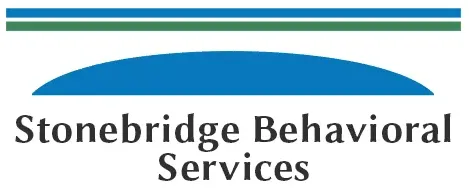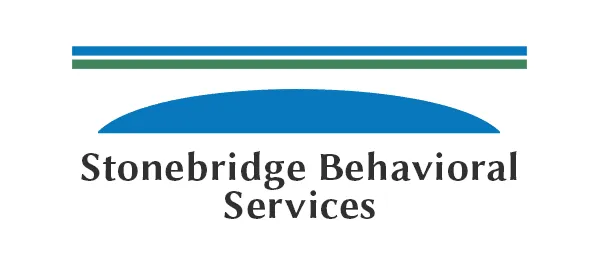OPEN ENROLLMENT FOR 2-5 YEAR OLD’s DAY PROGRAM! Call Today! 508.287.8692
Blog Layout
30 Facts to Know about Autism Spectrum Disorder
websitebuilder • April 9, 2024
30 Facts about Autism
-Lurie Center for Autism
- Autism spectrum disorder affects 1 in 36 children.
- Boys are nearly 5 times more likely than girls to be diagnosed with ASD. Girls are often underdiagnosed with autism and misdiagnosed with other conditions.
- Autism spectrum disorder is one of the fastest-growing developmental disorders in the United States. ASD is more common than childhood cancer, diabetes, and AIDS combined.
- Autism spectrum disorder affects all nationalities, all creeds, all religions, all races and both sexes. It doesn’t differentiate or affect only one group.
- Self-Advocacy is an important skill that is especially important for autistic individuals. In order to be a great self-advocate, people first must know what their strengths are as well as what accommodations serve them the best. With that knowledge, they can be their own best advocate with family, school, or community.
- Autism spectrum disorder is a developmental disability that often presents with challenges before the age of 3 and lasts throughout a person’s lifetime.
- Early identification, treatment, and support matters! Many important outcomes for children's lives are significantly improved with early diagnosis and treatment.
- Early behavior-based interventions have positive effects on some children with autism spectrum disorder and less note-worthy effects on other children. Early services need to be based on individual children's needs and learning styles. Services for adults with ASD must be carefully individualized.
- There is currently no medical detection blood test or cure for autism spectrum disorder.
- Parents do not and cannot cause autism spectrum disorder. Although the multiple causes of ASD are not known, it is known that parental behavior before, during, and after pregnancy does not cause ASD.
- Many individuals with autism spectrum disorder have difficulties with communication. For some people this can look like significant challenges with spoken language and for others it can look like challenges with social communication.
- Autism spectrum disorder is not a disorder that gets worse with age. Individuals with ASD can learn and build new skills with the right support, and are most likely to improve with specialized, individualized services and opportunities for supported inclusion.
- Being nonverbal at age 4 does not mean that a child with autism will never speak. Research shows that most will learn to use words and nearly half will learn to speak fluently.
- Children and adults with autism spectrum disorder often care deeply but struggle to spontaneously develop empathic and socially connected typical behavior. Individuals with ASD often want to interact socially but lack the ability to spontaneously develop effective social interaction skills.
- Supporting an individual with autism spectrum disorder costs a family $60,000 a year on average. The cost of lifelong care can be reduced by 2/3 with early diagnosis and intervention. According to a recent study, the lifetime costs of autism average $1.4 million to $2.4 million.
- Co-occurring medical conditions in autism spectrum disorder are common and may include allergies, asthma, epilepsy, digestive disorders, feeding disorders, sleep disorders, sensory integration dysfunction, cognitive impairments, and other medical disorders.
- Children and teens with autism often have lower bone density than their peers.
- Up to a third of people with autism spectrum disorder also develop seizure disorders—the rate of seizures in people with ASD is 10 times higher than in the general population.
- About 10% of people with autism spectrum disorder also have another genetic, neurological, or metabolic disorder.
- Each person with autism spectrum disorder is a unique individual; people with ASD differ as much from one another as do all people. Children and adults with ASD may speak or interact with others. They may have good eye contact. They may be verbal or non-verbal. They may be very bright, of average intelligence or have cognitive deficits.
- Hyperlexia, the ability to read above one’s age or grade level in school, commonly accompanies autism spectrum disorder.
- Individuals with autism spectrum disorder may be very creative and find a passion and talent for music, theater, art, dance, and singing quite easily.
- Children with autism are 160 times more likely to drown than typical children. Therefore, it is very important to teach them to swim and to keep an eye on children around water.
- Researchers and clinicians hypothesize that symptoms of autism spectrum disorder in males and females may differ, leading many females to be diagnosed later than males. Females with autism spectrum disorder are often an understudied group in research.
- Gender differences in symptoms have been found within the areas of social understanding, social communication, and social imagination.
- About 50,000 individuals with autism spectrum disorder will exit high school each year in the United States. Many services required by law end abruptly after high school, leaving young adults under-supported.
- 35% of adults with autism spectrum disorder have not had a job or received postgraduate education after leaving high school.
- Employers are recognizing that creating a neurodiverse workforce is fundamental for success. Companies that recruit, retain, and nurture neurodivergent employees gain a competitive advantage in the areas of productivity, innovation, culture, and talent retention, to name a few.
- There is no federal requirement for providing supportive services to people with autism in adulthood. This leaves many families navigating these types of services on their own.
- Many people with autism spectrum disorder are successfully living and working and contributing to the well-being of others in their local communities. This is most likely to happen when appropriate services are delivered during the child's educational years.
Get Started Today!
In-Home and Center-Based Evaluation and Treatment Available in Southeast Massachusetts
Phone:
(508) 287-8692
| Fax:
(508) 591-7886
Email:
gordon@stonebridgeaba.com
Stonebridge Center: 20 Winter St., Pembroke, MA 02359
Business Hours:
- Mon - Fri
- -
- Sat - Sun
- Closed
Content, including images, displayed on this website is protected by copyright laws. Downloading, republication, retransmission or reproduction of content on this website is strictly prohibited. Terms of Use
| Privacy Policy

